As we approach 2025, the landscape of mobile app development continues to change dramatically. As new technologies and approaches emerge, selecting the appropriate framework becomes essential for developing high-performance, user-friendly applications.
1. Flutter

Overview
Flutter, developed by Google, has grown in popularity because of its ability to construct natively built mobile, web, and desktop applications from a single codebase. Its unique architecture enables high-performance apps with a visually pleasing UI.
Features
- Hot Reload: Allows developers to monitor changes in real-time, which dramatically accelerates the development process.
- Rich Widgets: Offers a large range of pre-designed widgets that follow both Material Design and Cupertino standards.
- Cross-Platform Development: Write once and operate anywhere, lowering development time and expenses.
Use Cases
Flutter is perfect for startups and companies that want to develop applications with a beautiful UI and high performance. Google Ads and Alibaba are among the most popular Flutter apps.
2. React Native
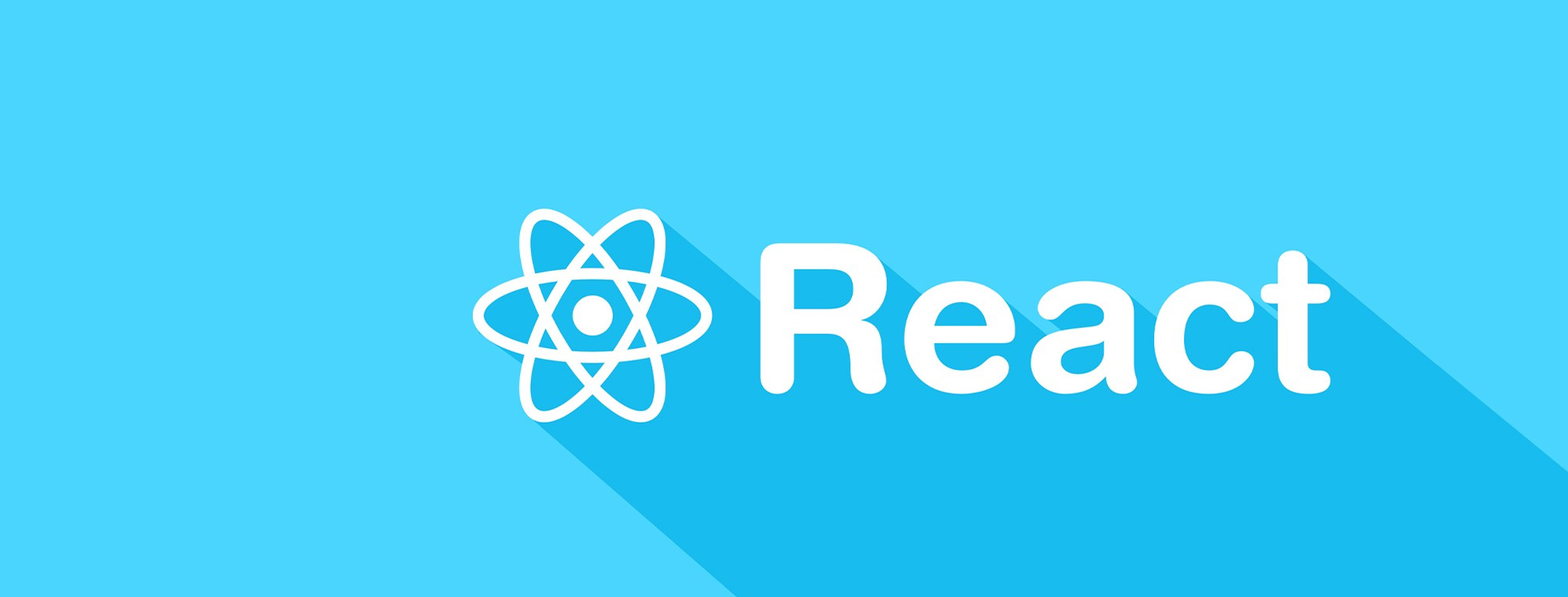
Overview
React Native, introduced by Facebook, allows developers to construct mobile applications with JavaScript and React. Its ability to render components natively makes it popular among developers seeking great performance.
Features
- Code Reusability: Share code between iOS and Android platforms to reduce development time.
- Strong Community Support: A broad community contributes to a diverse set of libraries and tools.
- Third-Party Plugin Compatibility: Easily integrates with native modules to improve functionality.
Use Cases
React Native is ideal for applications that demand rapid development and a native look and feel. Instagram, Facebook, and Airbnb are among the most well-known React Native applications.
3. Xamarin
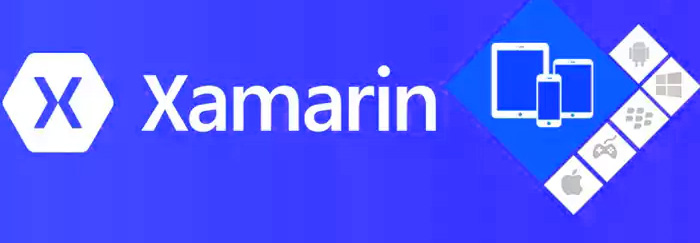
Overview
Xamarin is a Microsoft-owned technology that lets developers build cross-platform applications in C#. It supports native APIs and tools, making it an excellent alternative for enterprise-level applications.
Features
- Native Performance: Access to native APIs guarantees that apps behave like native ones.
- Visual Studio Integration: Integrates smoothly with Visual Studio, providing a comprehensive development environment.
- Code Sharing: Share up to 90% of your code across platforms, considerably saving development time.
Use Cases
Xamarin is suitable for enterprises that need enterprise-grade applications with native performance. Notable apps include Storyo and Alaska Airlines.
4. Ionic

Overview
Ionic is a popular framework for developing hybrid mobile applications based on web technologies such as HTML, CSS, and JavaScript. Its emphasis on progressive web apps (PWAs) has made it an adaptable platform for developers.
Features
- Easy Learning Curve: Ionic’s usage of basic web technologies allows web developers to easily adapt.
- Cross-Platform Compatible: Develop apps for iOS, Android, and the web with a single codebase.
- Rich Library of Plugins: A vast array of plugins to access native device features.
Use Cases
Ionic is perfect for developers who want to build quick, hybrid apps with minimal effort. Ionic is used to build apps such as MarketWatch and JustWatch.
5. SwiftUI
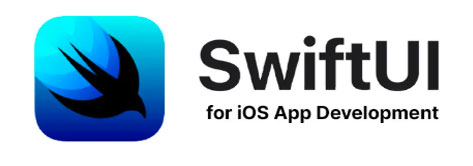
Overview
SwiftUI is Apple’s declarative framework for designing user interfaces on all Apple platforms. It streamlines UI design with a clean and short syntax, making it popular among iOS developers.
Features
- Declarative syntax: Makes it easy to comprehend and manage UI elements.
- Real-time previews: See changes in real-time, which improves the design process.
- Integration with UIkit: Allows for progressive adoption in current projects.
Use Cases
SwiftUI is best suited for developers who work only on Apple platforms, such as iOS, macOS, watchOS, and TVOS. Airbnb and LinkedIn use SwiftUI.
6. Kotlin Multi-platform Mobile (KMM) 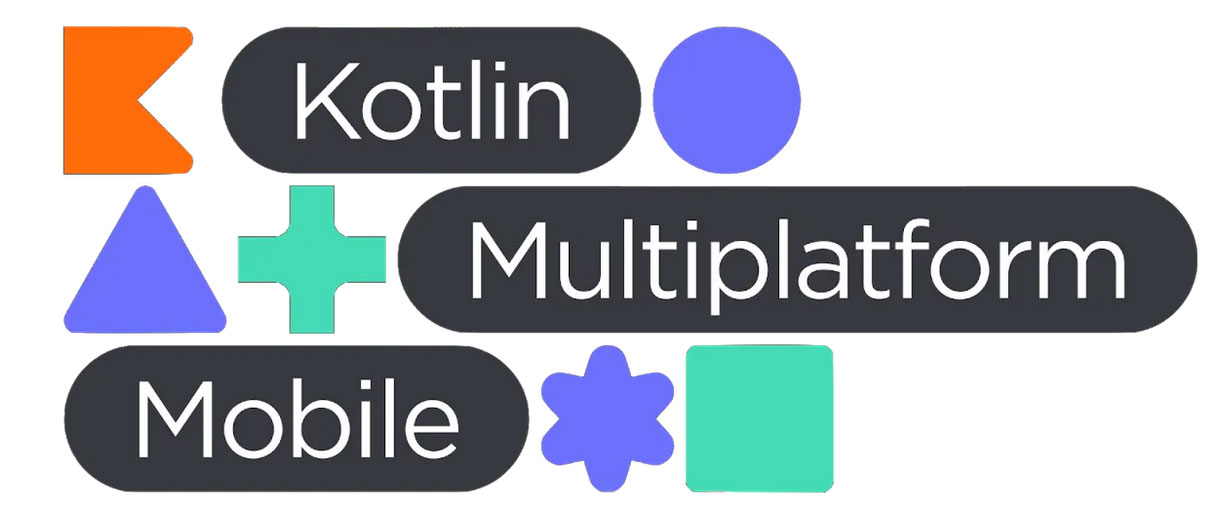
Overview
Kotlin Multiplatform Mobile enables developers to share code between Android and iOS apps while retaining native user interface elements. This strategy combines the best of both worlds, providing a native experience while sharing business logic.
Features
- Native Performance: Create applications that run natively on both platforms.
- Code Sharing: Share business logic while maintaining platform-specific user interface elements.
- Interoperability: Easily integrate with existing Java or Swift applications.
Use Cases
KMM is suitable for teams who want to keep a native feel while minimizing code duplication. Companies like Netflix and Square are looking into KMM for their applications.
7. Apache Cordova
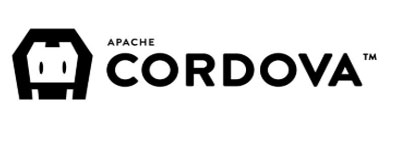
Overview
Apache Cordova is an open-source mobile development platform that uses HTML, CSS, and JavaScript to construct hybrid applications. It serves as an intermediary between web apps and mobile devices.
Features
- Cross-Platform Development: Write once, then deploy to numerous platforms, including iOS, Android, and Windows.
- Access to the Device Features: Use JavaScript APIs to access device functionalities such as the camera, GPS, and file system.
- Large Plugin Library: There is a large range of plugins available to increase app functionality.
Use Cases
Cordova is ideal for applications that demand rapid deployment and cross-platform compatibility. A few examples are Untappd and Just Watch.
8. Native Script

Overview
NativeScript enables developers to develop native mobile applications with JavaScript, TypeScript, and Angular. It provides direct access to native APIs, allowing for high-performance applications.
Features
- Native Interface Components: Use native user interface components to provide a truly native appearance and feel.
- Single codebase: Write your app once, then distribute it to iOS and Android.
- Rich ecosystem: A comprehensive plugin ecosystem with active community support.
Use Cases
NativeScript is suitable for developers looking at developing high-performance applications with a native user interface. Native Script is used to develop applications such as SAP and Plesk.
9. Sencha Touch

Overview
Sencha Touch is a framework used to develop mobile web applications using HTML5 and JavaScript. It focuses on developing data-intensive applications that run on numerous devices.
Features
- Rich User Interface: Provides a large number of customizable UI components.
- Data Package: Integrated data management capabilities for complicated data exchanges.
- Cross-Platform Support: Applications work on any device that has a web browser.
Use Cases
Sencha Touch is ideal for firms wishing to develop data-driven mobile applications. Notable users include Blackberry and Cisco.
10. Framework 7
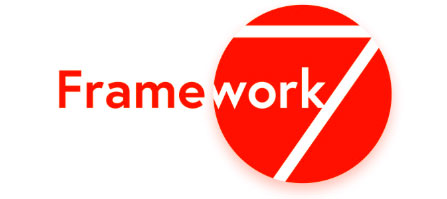
Overview
Framework7 is a comprehensive framework for developing mobile applications with HTML, CSS, and JavaScript. It’s well-known for its simple integration with Vue.js and React.
Features
- Rich UI Components: Offers a collection of customizable UI components that resemble native behavior.
- Fast Development Cycle: Its rapid prototyping capabilities make it perfect for startups.
- Integration with Popular Frameworks: For those who are familiar with Vue.js and React, this works effortlessly.
Use Cases
Framework7 is ideal for developers who want to develop visually stunning hybrid applications quickly. Framework7 has been used in applications such as Viber and Foursquare.
Conclusion
Choosing the best framework for mobile app development in 2025 depends on a number of criteria, including project needs, team expertise, and desired performance. Each framework described has distinct features and benefits that cater to different development demands. Developers have multiple options, ranging from Flutter’s sophisticated UI features to React Native’s robust community support. As technology advances, remaining current on the finest frameworks ensures that your mobile applications remain competitive, efficient, and user-friendly.
Whether you’re a startup building your first app or a business planning a large-scale solution, choosing the right framework is critical to achieving your objectives in the ever-changing world of mobile app development.

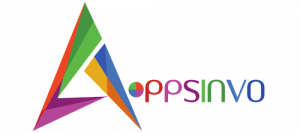
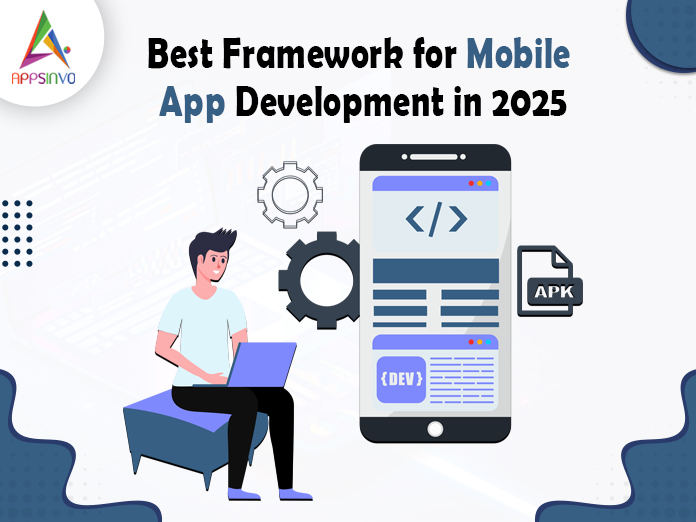

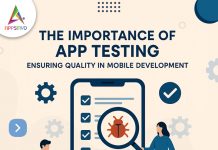

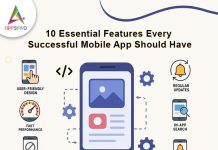

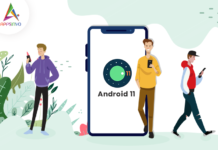




Interesting take on mobile app development frameworks for 2025—especially the continued emphasis on hybrid options like Flutter and React Native. I’d love to hear your thoughts on how emerging technologies like AI integration or low-code platforms might shift this landscape even further in the next year.
That is a great tip particularly to those fresh to the blogosphere.
Brief but very accurate info… Many thanks for sharing this one.
A must read article!
[…] post Best Framework for Mobile App Development in 2025 appeared first on Appsinvo […]
We absolutely lovfe ylur blog aand find nearly alll of yopur post’s to bee
exactly what I’m lookiung for. Would youu offer guest writers to
write content ffor you? I wouldn’t mind composing a
pst or elaboraying on most oof thhe ssubjects youu write regarding
here. Again, awesome site!
Interesting breakdown of the top frameworks to watch in 2025. I’m curious—do you see Flutter continuing to dominate the cross-platform space, or is React Native gaining new ground with recent updates?